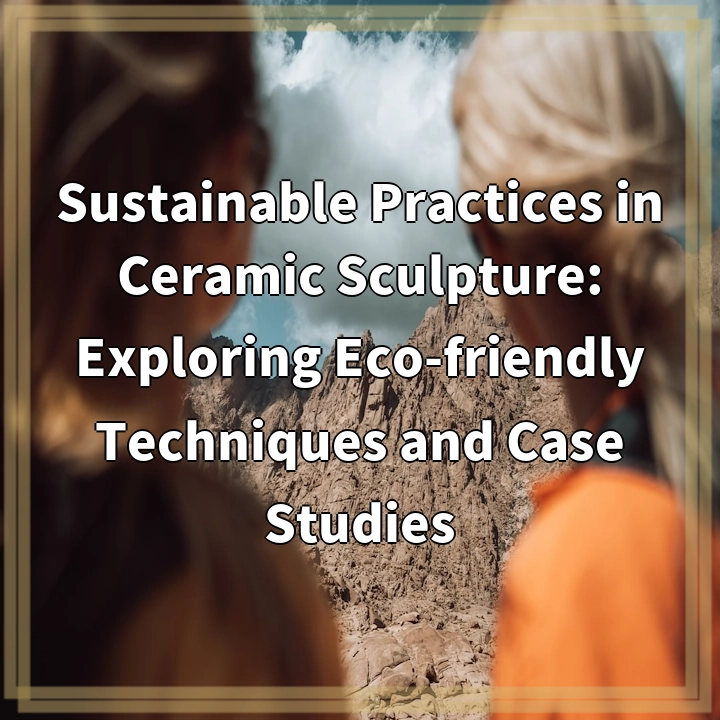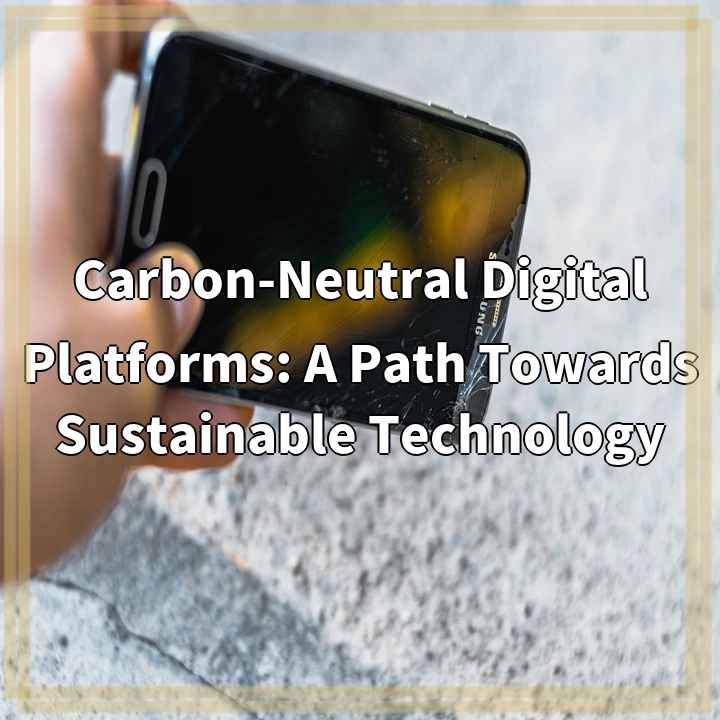
What is Sustainable Practices in Ceramic Sculpture?
Ceramic sculpture is a unique form of artistic expression that involves shaping clay and firing it to create beautiful and intricate pieces. However, the traditional methods of ceramic sculpture often have a significant impact on the environment. To address these concerns, sustainable practices in ceramic sculpture aim to minimize the negative ecological footprint and promote environmentally friendly techniques throughout the entire artistic process.
Real-World Problems Associated with Sustainable Practices in Ceramic Sculpture
While there is a growing awareness of the need for sustainability in the field of ceramic sculpture, there are still various challenges and real-world issues that need to be addressed:
1. Energy Consumption:
The process of firing ceramics requires a significant amount of energy, and traditional kilns often rely on non-renewable fossil fuels. Finding alternative energy sources or improving kiln efficiency is a major challenge for ceramic artists seeking to adopt sustainable practices.
2. Waste Generation:
Ceramic sculpture involves working with clay, glazes, and other materials that generate waste during the creation process. This waste can contribute to landfills and harm the environment. Implementing waste reduction and recycling strategies is essential to minimize the ecological impact.
3. Chemical Hazards:
Many traditional ceramic techniques involve the use of toxic materials such as lead glazes or harmful chemicals in the creation of ceramic sculptures. These substances can pose health risks to artists and have adverse effects on the environment. Exploring and adopting non-toxic alternatives is crucial for sustainable ceramic practices.
4. Water Usage:
The production of ceramic sculptures often involves significant water consumption. With growing concerns about water scarcity worldwide, finding ways to minimize water usage without compromising the quality of the artwork is a pressing challenge.
5. Material Sourcing:
Traditionally, ceramic artists have relied on materials that may contribute to environmental degradation, such as mining for clay or using non-recyclable materials. Sustainable practices in ceramic sculpture call for the exploration of ethical and eco-friendly material sourcing alternatives.

Potential Solutions for Sustainable Practices in Ceramic Sculpture
1. Energy Efficiency:
Exploring alternative energy sources, such as solar or biomass, can significantly reduce the carbon footprint of ceramic sculpture. Additionally, optimizing kiln designs and utilizing energy-efficient firing techniques can minimize energy consumption.
2. Waste Reduction and Recycling:
Implementing strategies for waste reduction, such as reusing excess clay and recycling materials, can help minimize waste generation in ceramic sculpture. Artists can also explore innovative methods for repurposing and upcycling ceramic scraps.
3. Non-Toxic Approaches:
Artists can experiment with non-toxic glazes and materials to eliminate the use of harmful chemicals in their ceramic sculptures. This not only promotes the health and safety of artists but also reduces the environmental impact of the artwork.
4. Water Conservation:
Implementing water-saving techniques, such as collecting and reusing water, utilizing efficient clay preparation methods, and reducing water-intensive processes, can contribute to sustainable ceramic sculpture practices.
5. Ethical Material Sourcing:
Ceramic artists can explore locally sourced clay and materials that are sustainably harvested or recycled. This promotes responsible material sourcing and reduces the environmental impact associated with mining and transporting materials.















